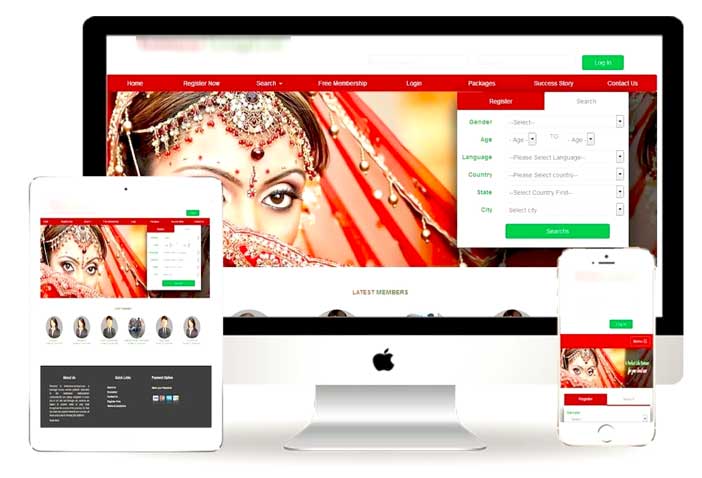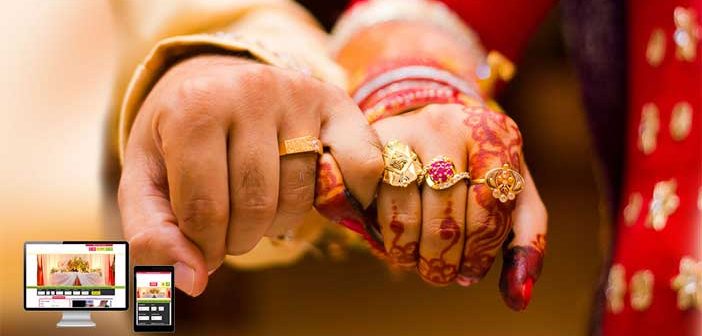Matrimonial websites emerged as a revolutionary platform, reshaping the landscape of arranged marriages in India. With promises of convenience, wider choices, and compatibility-based matches, these platforms gained immense popularity. However, a closer look reveals a nuanced reality where these websites face challenges and evolving dynamics, prompting questions about their efficacy in contemporary Indian society.
Initially, matrimonial websites saw a surge in users, capitalizing on the need for a modern approach to match-making. Platforms like BharatMatrimony, Shaadi.com, and Jeevansathi gained prominence, boasting extensive user databases and sophisticated algorithms to facilitate matches. However, recent trends indicate shifting preferences and challenges faced by these platforms.

One significant challenge is the changing attitude towards marriage among the younger generation. According to a report by Statista, the average age of marriage in India has been steadily increasing over the years. Factors such as higher education, career aspirations, and evolving social norms have contributed to a delay in marriage, altering the traditional approach to finding a life partner.
Moreover, the rise of social media and dating apps has provided alternative avenues for meeting potential partners. Apps like Tinder, Bumble, and Hinge offer a different paradigm, focusing on dating and casual relationships, challenging the traditional framework upheld by matrimonial websites.
Also Read : Exploring Paradise: Port Blair’s Tranquil Charms and Cultural Marvels
Additionally, while matrimonial websites boast large user bases, concerns about authenticity and trustworthiness persist. Instances of fake profiles, misrepresentation of information, and inflated user numbers have raised skepticism among users. A study conducted by the Internet and Mobile Association of India (IAMAI) highlighted that nearly 35% of users on matrimonial websites expressed concerns about the genuineness of profiles.
Furthermore, societal changes, including a shift towards individualistic values and the empowerment of women, have influenced partner preferences. Young Indians are increasingly seeking compatibility, shared values, and mutual respect in their life partners, challenging the conventional emphasis on caste, community, and family background.
Another challenge faced by matrimonial websites is the struggle to adapt to the evolving needs of users. While some platforms have introduced features like video profiles, AI-based matching, and enhanced privacy settings, they grapple with retaining users accustomed to more dynamic and interactive platforms.
Gifting Collections of Aloe vera Plant Click here
Despite these challenges, matrimonial websites continue to play a role in matchmaking in India. They offer a structured approach, catering to individuals seeking partners within specific parameters such as religion, caste, and profession. The pandemic-induced restrictions also led to a resurgence in online interactions and marriages facilitated through these platforms.
However, to remain relevant, matrimonial websites need to evolve. They must address concerns regarding authenticity, diversify their matching algorithms to encompass broader compatibility factors, and adapt to changing societal norms. Collaboration with sociologists, psychologists, and relationship experts could enrich these platforms, providing a more holistic approach to matchmaking.
In conclusion, while facing challenges and evolving societal dynamics, matrimonial websites in India remain a significant part of the matchmaking landscape. Their relevance hinges on their ability to adapt, innovate, and cater to the changing preferences and expectations of the new generation seeking life partners in an increasingly interconnected world.
Ends






